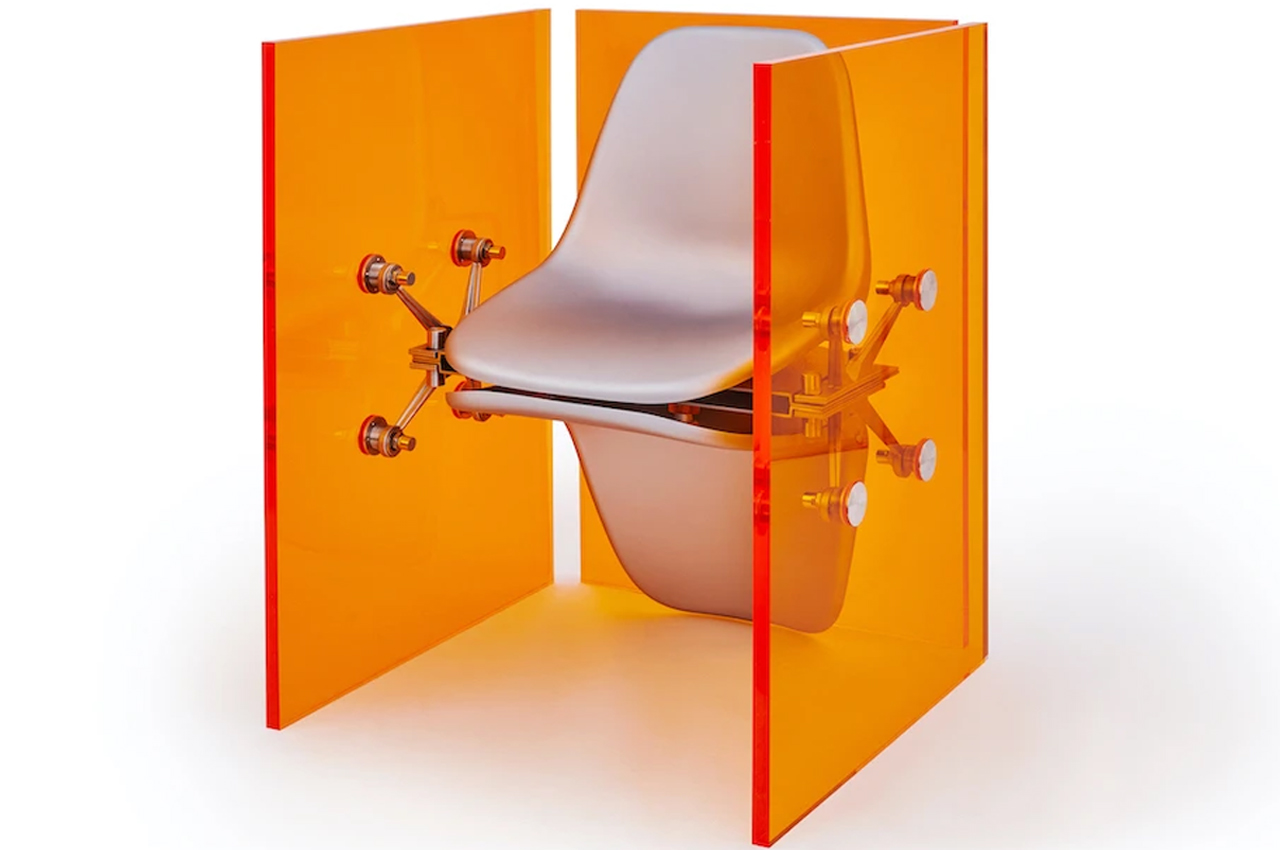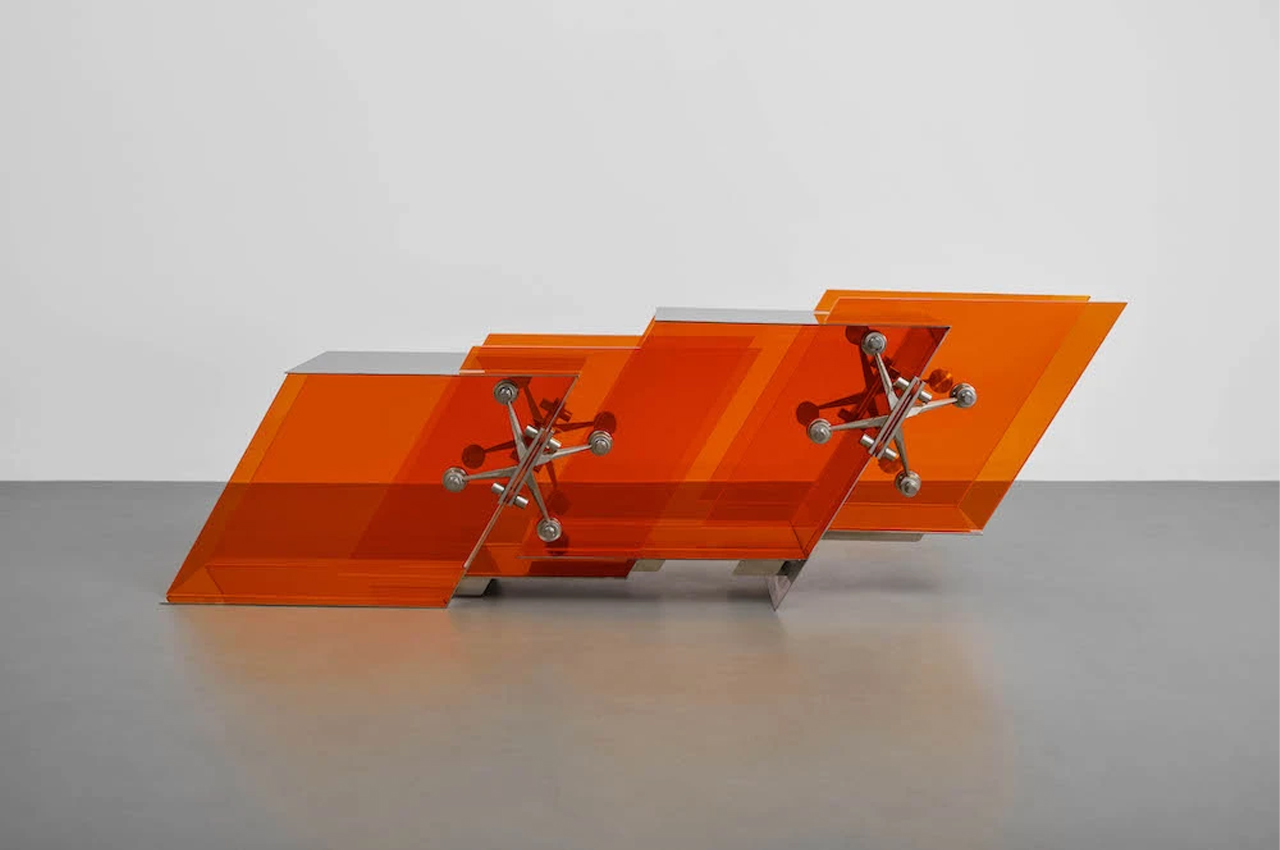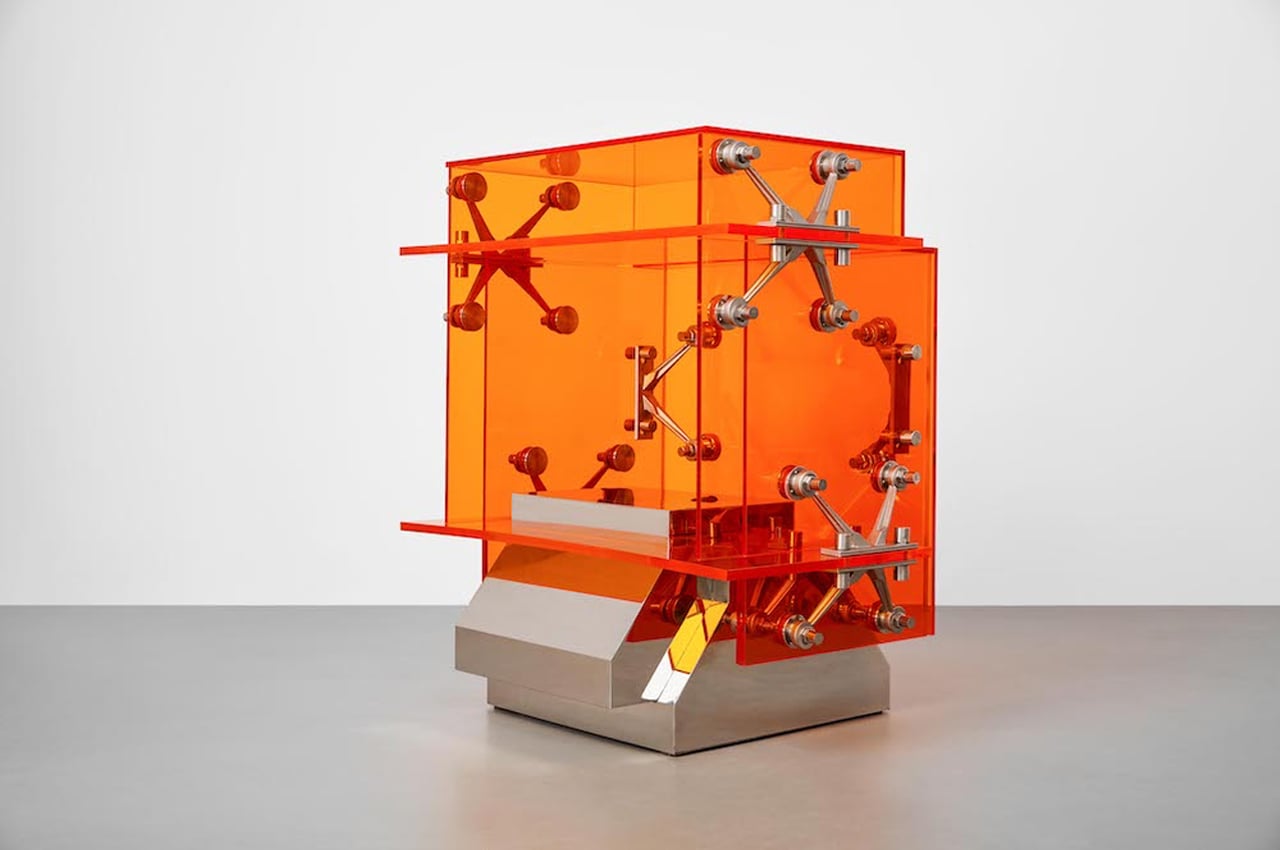
The Displacement Collection from Cometabolism is a series of furniture pieces designed to blur the boundary between public infrastructure and private interior design.
Despite the integral role they play in keeping our society functioning, everyday design items like street signs and other public notices often go unnoticed. While our private living spaces are filled with design pieces of our choosing, public spaces differ in that a unified design language is required to define their purpose and function. With that, the nuances of public infrastructural design are often lost.
Designer: Cometabolism


In an effort to give notice to these essential everyday objects and industrial designs, Beijing-based design studio Cometabolism continues to roll out new additions to their Displacement Collection, a long-term art project that attempts to blur the boundary between private and public spaces.
Comprised of conventional household furniture pieces that are constructed using unconventional building methods, the collection gives rise to benches, mirrors, and chairs that are built with integrated stainless steel connectors that piece together sheets of blue and orange acrylic sheets. Chosen for their close relation to public infrastructural products, the orange and blue polycarbonate sheets give each furniture item a unique look and silhouette.
The team of designers from Cometabolism note, “The concept of this new collection aims to discuss how objects exist, statically or dynamically in spaces,” explaining that, “[It] amalgamates the dimension of time into space, creating a series of new art pieces to fit in a world filled with varieties and uncertainties.”
Taking close to two months to reach completion, the Displacement Collection from Cosmetabolism required the use of unconventional manufacturing techniques such as laser cutting sand-mold casting. The colorful polycarbonate sheets were laser-cut into various shapes, like rhombi to create seats for the Displacement Bench.
Stainless steel elements were put through sand-mold casting to offer support for larger items, like a shelf that doubles as a side table. Perhaps the most involved manufacturing technique was allotted to the Displacement Mirror which uses wonky, asymmetrical orange acrylic rods to frame a reflective rectangular centerpiece.